Dota 2 Worldbuilding with ESL
Heroes awaken in the highlands of Malaysia.
Heroes awaken in the highlands of Malaysia.
by Andreja Mahović / 25 4 2024
Dota 2 has been kind to me in more ways than one. I’ve experienced it as a fan, pro player, staff member at events as well as event organizer.
Some of the reasons that it kept me so involved in the past two decades were the variety of characters, the complexity of gameplay, the evolution of the game, the chance to play on a professional team and compete in professional events and visit many different countries on three different continents. I met amazing people from all across the globe as well as my lovely fiancée and future wife.
I believe that all the relationships you maintain with the people surrounding you or the things you love doing should evolvet. In today’s world, stagnation to me means a regression.
In my professional life, one of the brightest DOTA-related projects was OG. The early days of building the brand from scratch, working on merchandising, evolving the brand in the OG x Red Bull crossover, establishing the brand guidelines, and working on content – all of it was insanely fun, challenging, and fulfilling. We did what we did best and what we were comfortable with.
And in recent years, the demand that came in took things to a different level of complexity and into a completely different area of work, way out of our comfort zone. We started Dota 2 worldbuilding with 2D animated projects for ESL events.
In this blog post, I will show you some behind-the-scenes footage done for the ESL Genting event, how the whole process comes together, and the importance of the bond between strategy and execution. This was our first 2D animated video which included frame-by-frame animation.
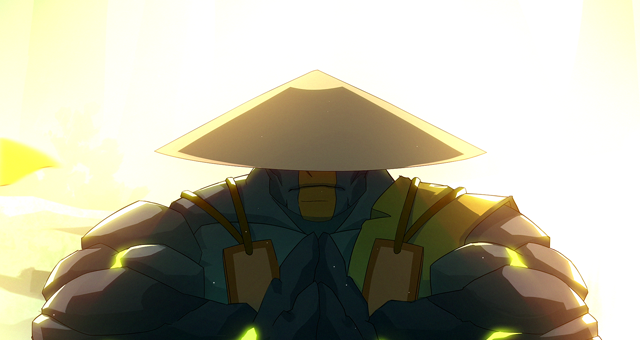
Earth Spirit meditating in the forest of Genting.
As a producer of animated videos, I immediately embraced one rule, and that is that my team’s strategy is equally important to our production plan. If we don’t set the right strategy, our project can suffer immensely, either in reaching the quality level of content that we seek or in meeting the deadlines we set. The same goes for execution – even with the perfect strategy and setup, if I put our talent in uncomfortable positions and have them work in areas that are not their expertise, the project will suffer.
There are three key steps that every animated project needs to go through: pre-production, production, and post-production. In an ideal scenario, the project will gradually progress through each step before moving on to the next. My main goal as a producer is to understand that sometimes there will be challenges in meeting the deadlines and milestones, not all plans set by the project team will work and not all ideas will translate as well in execution as the team anticipated. The key to achieving success and navigating through all these steps is simple: listen to my art director, to my team, be flexible and always manage client expectations. Leading doesn’t mean dictating tasks, it means listening to everyone’s needs and providing assistance wherever necessary to enable them to produce the best work in their respective fields.
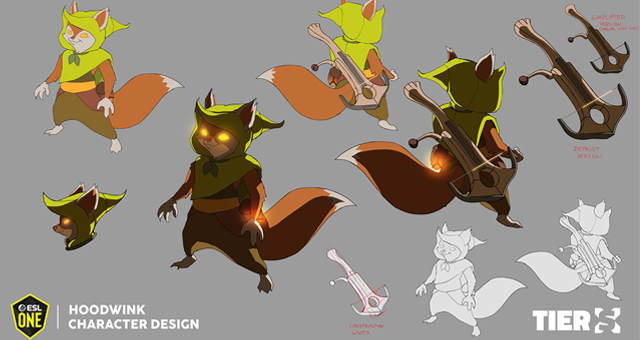
Hoodwink’s model sheet.
The pre-production phase begins after receiving the brief from the client, during which we focus on developing the script and narrative. Once we agree on the story we want to tell, the characters we want to feature, and the environments we want to create for them, we begin defining the visual and animation styles we intend to produce, as well as crafting a storyboard. We then proceed to create model sheets for the characters, which help us understand how they will appear in various shots, angles, and situations throughout the production process.
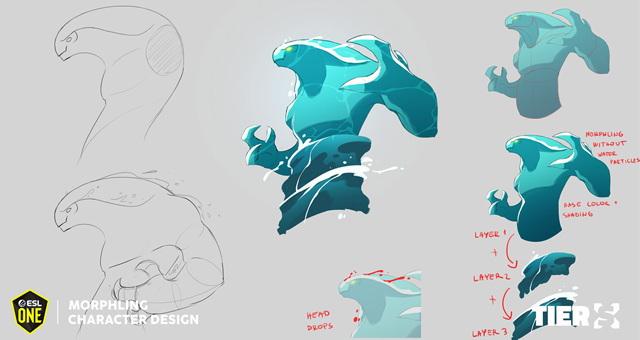
Morphling’s model sheet.
The character sheets must be completed before production starts. They are crucial because they ensure consistency in quality across the project. Consider them as sort of ‘how-to’ guidelines for every artist who needs to draw the characters. Another important aspect of pre-production is setting the color key for every scene, ideally created for as many shots as possible to better understand how the whole video will come together. This defines the colors and lighting of particular environments. If the video features more dynamic environments or complex shots within them, more color keys should be made. Ideally, this step should be completed before production starts, but sometimes they evolve over time and become part of the production process as well. Some solutions might work better in the end compared to the initial idea. The final step of pre-production is the creation of the animatic, which ties every shot together and serves as the foundation for the whole video. It usually includes the intro, outro, voice-over, and music, and is based on the storyboard. The animatic defines every key shot and timing in the animation. While the animatic can adapt slightly as the project progresses, significant changes to shots and their timings are rare.
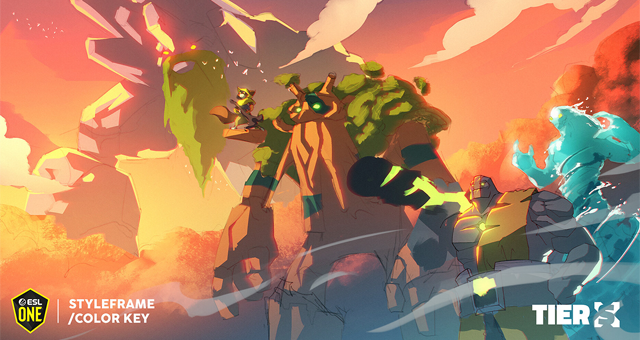
Color key for the final shot made in pre-production.
The production stage begins when the team has all the necessary materials & guidelines to start producing art: backgrounds, animated sequences, and character stills. Naturally, there are levels to all this work. For example, the background work starts with layouts, then progresses into sketches, lining, painting, and lighting. The animated sequences start with layouts that define animation timing, rough animation, tiedown, and finally finish with clean & coloring. Every part of this process is crucial and is carried out under the guidance of the Art Director and according to the animatic. The production phase concludes when all the backgrounds, animations, and stills are completed.
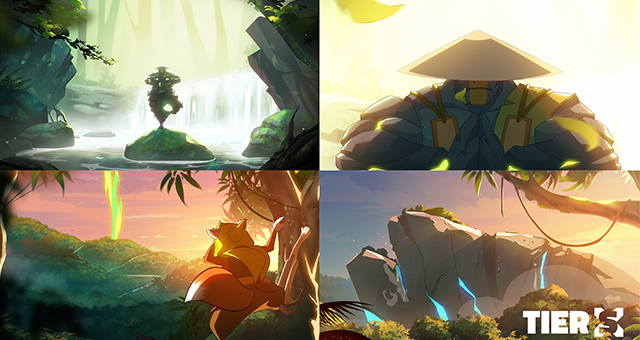

Shots in their final stage. It’s always good to put them together to understand how the colors across the video connect.
During the post-production phase, all the materials (backgrounds, stills & animation) are put together with compositing. The final polish is made with color correction across the whole video. Some of the areas of work that are done in this phase include sound design, VFX design, adding of intro/outro and other materials.
This is how a single shot progresses from early stage of animation to final compositing stage.
This animation served as a promotional event video made in collaboration with ESL FACEIT Group. The heroes of DOTA 2 awaken in the Genting Highlands. The shockwave from the sky disrupts the idyllic nature and invites our heroes to the battle of Malaysia.
We were fortunate enough not only to create this stunning piece but also to contribute to creative worldbuilding. We developed the concept, selected most of the heroes, crafted the visual style and worked on the storytelling. You can see more about the project on the following Behance Project link.
Thank you for reading! With the next blog post I will break down ESL Berlin event and the battle of Dawnbreaker & Nighstalker.
Thank you for taking the time to read my posts! I am happy to share more things that I've learned and you have interest in. You can subscribe to my email list below, I will be sending weekly updates about my posts. Your email won't be shared anywhere!